Types of Mechanical Splices for Rebars
Mechanical rebar splices for rebars in concrete construction is an effective method of joining reinforcing bars. These are designed based on codes of standard practice.
Mechanical splices in reinforced concrete construction should meet the building code requirements for developing tension and compression as required
Types of Mechanical Splices for Rebars
There are four major types of mechanical splices:
- Compression only mechanical splices or end bearing splices
- Tension and compression mechanical splices
- Mechanical lap splices or tension only mechanical splice
- Dowel bar mechanical splices
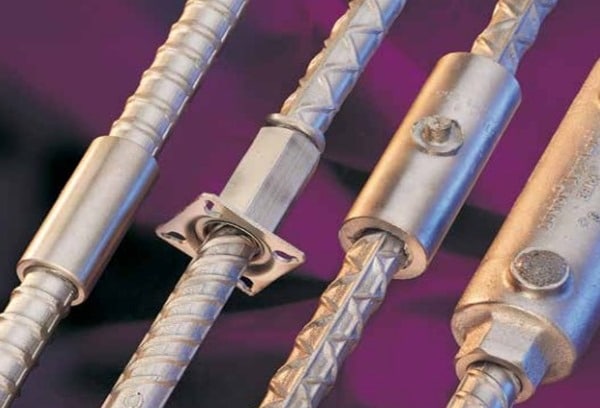
Fig.1: Mechanical Splices for Reinforcement Bars
Compression Only Mechanical Splices or End Bearing Splices
As it may be noticed from its name, this type of splice can resist compression stress merely. The compressive stress is transferred by vertical bearing from one bar to another one.
Compression only mechanical splices can be used when tension stress is not occurred. Therefore, if this condition cannot be guaranteed, then it is advised to avoid the use of compression only mechanical splices for reinforcement bars.
Steel filled coupling sleeve and strap type steel coupling sleeve are the two most commonly used examples of end bearing splices.
The former can be used to splice rebar sizes ranges from No. 36 to No. 57 whereas the latter is suitable for splicing bar size ranges from No.22 to No.57.

Fig.2: Steel Filled Coupling Sleeve Splice

Fig.3: Strap Type Steel Coupling Sleeve Splice
It should be known that the end of the rebars need to be saw cut in the case of strap type steel coupling sleeve, but no special end preparation is needed for steel filled coupling sleeve.
Tension and Compression Mechanical Splices for Rebars
This type of mechanical splice can resist tension and compression stress. There are sizable numbers of commercially manufactured tension and compression mechanical splices.
Tension and compression mechanical splices types, designated bar sizes to be spliced by each splice type, the grade of the steel bar which is spliced using certain type of tension and compression mechanical splice, and installation condition of each mechanical splices are provided in Table-1.
Number of tension and compression mechanical splices is shown from Figure-4 to Figure-7.
Table-1: Tension and Compression Mechanical Splice Types, Their Designated Steel Number, Steel Bar Type and Applications
| Tension-compression mechanical splice type | Size ranges of steel bar suitable to be spliced | Type of steel bar |
| Cold-swaged steel coupling sleeve | 10 to 57 | Deformed bar |
| Cold-swaged coupler with taper-threaded ends | 10 to 57 | Deformed bars |
| Coupler for thread-like deformed reinforcing bars | 19 to 57 | Deformed bars |
| Extruded steel coupler with parallel threaded ends | 13 to 57 | Deformed bars |
| Friction-welded bar coupler with parallel threads | 19 to 57 | Deformed and plain round bars |
| Friction-welded coupler with taper-threaded ends | 16 to 57 | Deformed and plain round bars |
| Grout-filled coupling sleeve | 10 to 57 | Deformed bars |
| Grout-filled coupling sleeve with parallel thread at upset bar ends | 13 to 57 | Deformed bars |
| Grout-filled coupling sleeve with taper thread | 19 to 57 | Deformed bars |
| Shear screw and rail coupling sleeve | 13 to 57 | Deformed bars |
| Shear screw and wedge coupling sleeve | 13 to 57 | Deformed bars |
| Steel-filled coupling sleeve | 13 to 57 | Deformed bars |
| Taper-threaded steel coupler | 10 to 57 | Deformed bars |
| Threaded coupler with standard national coarse threads | 13 to 36 | Deformed and plain round bar |
| Threaded coupler with upsized bar threads, cold forged | 13 to 57 | Deformed and plain round bar |
| Threaded coupler with upsized bar threads, hot forged | 13 to 36 | Deformed and plain round bar |
| Upset bar and coupling sleeve with straight threads | 16 to 43 | Deformed and plain round bar |
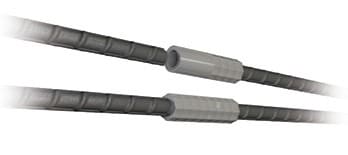
Fig.4: Cold Swaged Coupling Sleeve
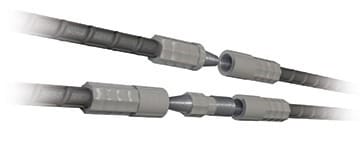
Fig.5: Cold Swaged Coupler with Taper Threaded End

Fig.6: Coupler for Thread-Like Deformed Reinforcing Bars

Fig.7: Extruded Steel Coupler with Parallel Threaded Ends
Mechanical Lap Splices or Tension Only Splices
This type of splice is suitable for the case where tension forces are present only. Therefore, if such condition is not guaranteed, then it is recommended to avoid its use.
Comparatively, mechanical lap splices are shorter than lap splices because of the use of coupling sleeves to connect reinforcement bars. Therefore, mechanical lap splices are considerably suitable for repairing structures because smaller concrete area need to be removed compared with lap splices.
Shear screw and double wedge coupling sleeve and steel coupling sleeve with wedge are two examples of mechanical lap splices. The former is suitable for bar number 10 to 22 and the latter suitable for bar number 13 to 19.

Fig.8: Shear Screw and Double Wedge Coupling Sleeve
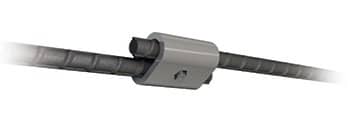
Fig.9: Steel Coupling Sleeve with Wedge
Dowel Bar Mechanical Splices
Dowel bar mechanical splices are flanged couplers that can resist tension and compression forces.
This splice is nailed to the end or sides of the formworks through holes created in the flange. The connection between reinforcement bars and the splice is through internal threads of the splice.
Dowel bar mechanical splices are suitable for construction joints to transfer tension and compression loads.
Various types have been produced such as cold-swaged steel flanged coupler with taper threaded ends, coupler with standard national coarse threads and flange, coupler with taper threads and mounting plate and integrally forged coupler with flange.

Fig.10: Cold-Swaged Steel Flanged Coupler with Taper Threaded Ends
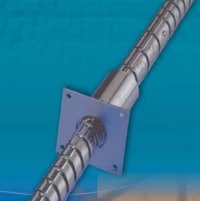
Fig.11: Coupler with Standard National Coarse Threads and Flange
Comments